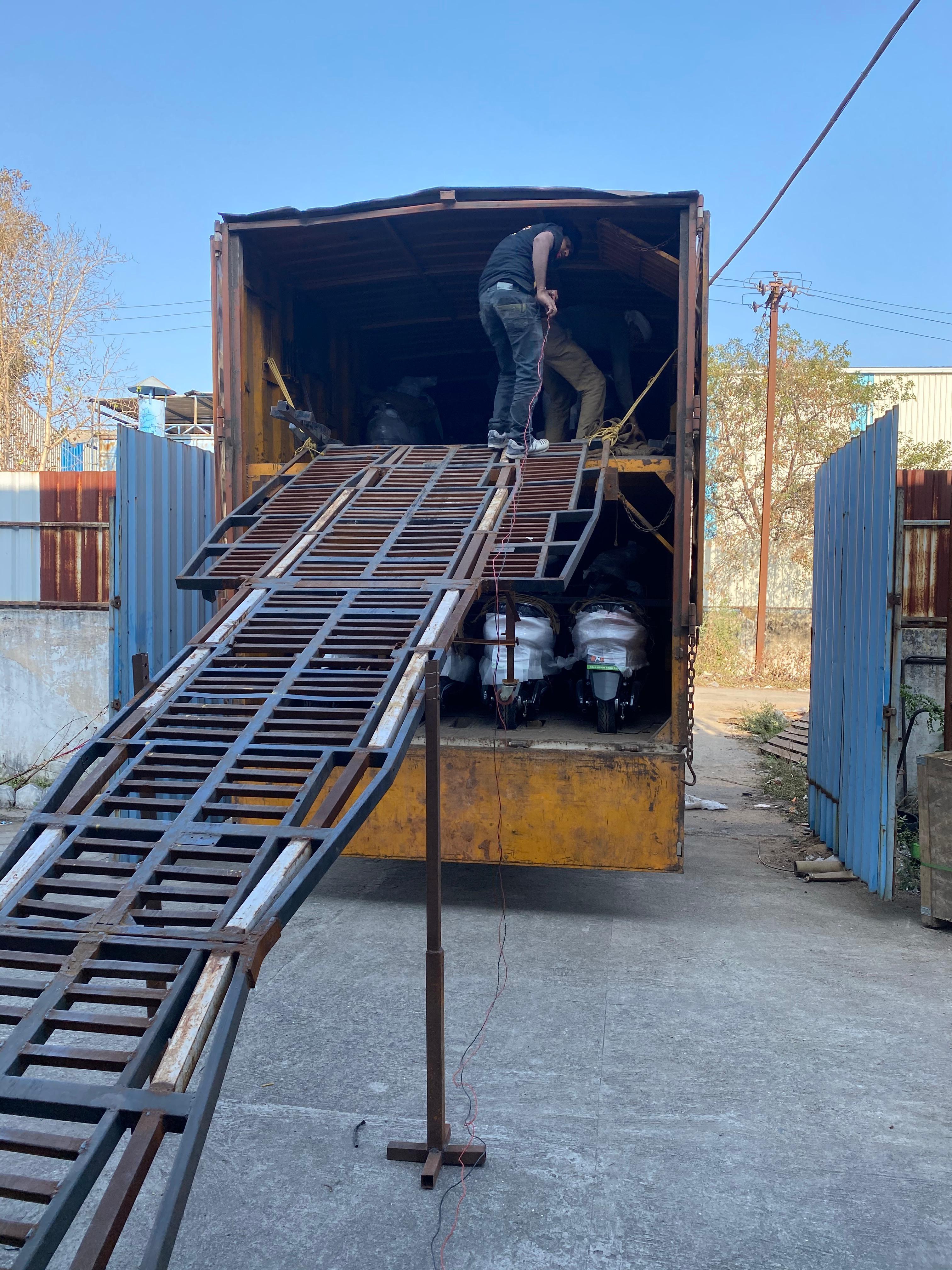
Battery recycling and second-life: closing the loop for two-wheelers
Battery recycling and second-life: closing the loop for two-wheelers
India is building a regulatory framework for battery waste and circularity as EV volumes grow. The Central Pollution Control Board’s rules and EPR (Extended Producer Responsibility) frameworks now require producers to account for end-of-life management, a crucial development for lithium-ion batteries used in two-wheelers. Compliance portals and recycler registries are active steps to ensure traceability and safe disposal.
Second-life potential. Many EV batteries reach 70–80% capacity when withdrawn from vehicles still useful for low-grade energy storage (microgrids, industrial backup, street lighting). Indian pilots have demonstrated repurposing retired EV packs for stationary storage, creating a roadmap to defer recycling costs and extract additional value. This second-life market can significantly reduce lifetime costs and carbon footprint if standardized testing and grading protocols are adopted.
Economic model & players. Viable recycling requires collection logistics, disassembly lines, hydrometallurgical (or pyrometallurgical) recovery processes, and secure supply agreements. Producers and recyclers must share EPR responsibilities; several startups and incumbent battery firms are building domestic capacity to reclaim lithium, cobalt, nickel and other materials, a strategic priority given import dependence for cells and critical minerals.
Barriers & solutions. Key obstacles include limited formal collection channels, lack of standard state-level enforcement, variable battery chemistries, and the technical complexity of separating battery materials at scale. Policy tools such as minimum recycled content mandates, incentives for second-life projects, and mandatory producer reporting can accelerate industry investment. Technology certification, transparent state registries and clustering recyclers near consumption hubs will lower logistics costs.
Outlook for two-wheelers. Given the large volumes of two-wheeler batteries and their relatively lower individual energy content, aggregation strategies (collecting many packs for batch testing and repurposing) are essential. For OEMs and swap/BaaS players, integrating circularity into business models (take-back, refurbishment, and grading) will not only meet compliance but also become a revenue stream. Policy certainty and coordinated industry action can quickly turn battery end-of-life from a liability into a domestic resource.




